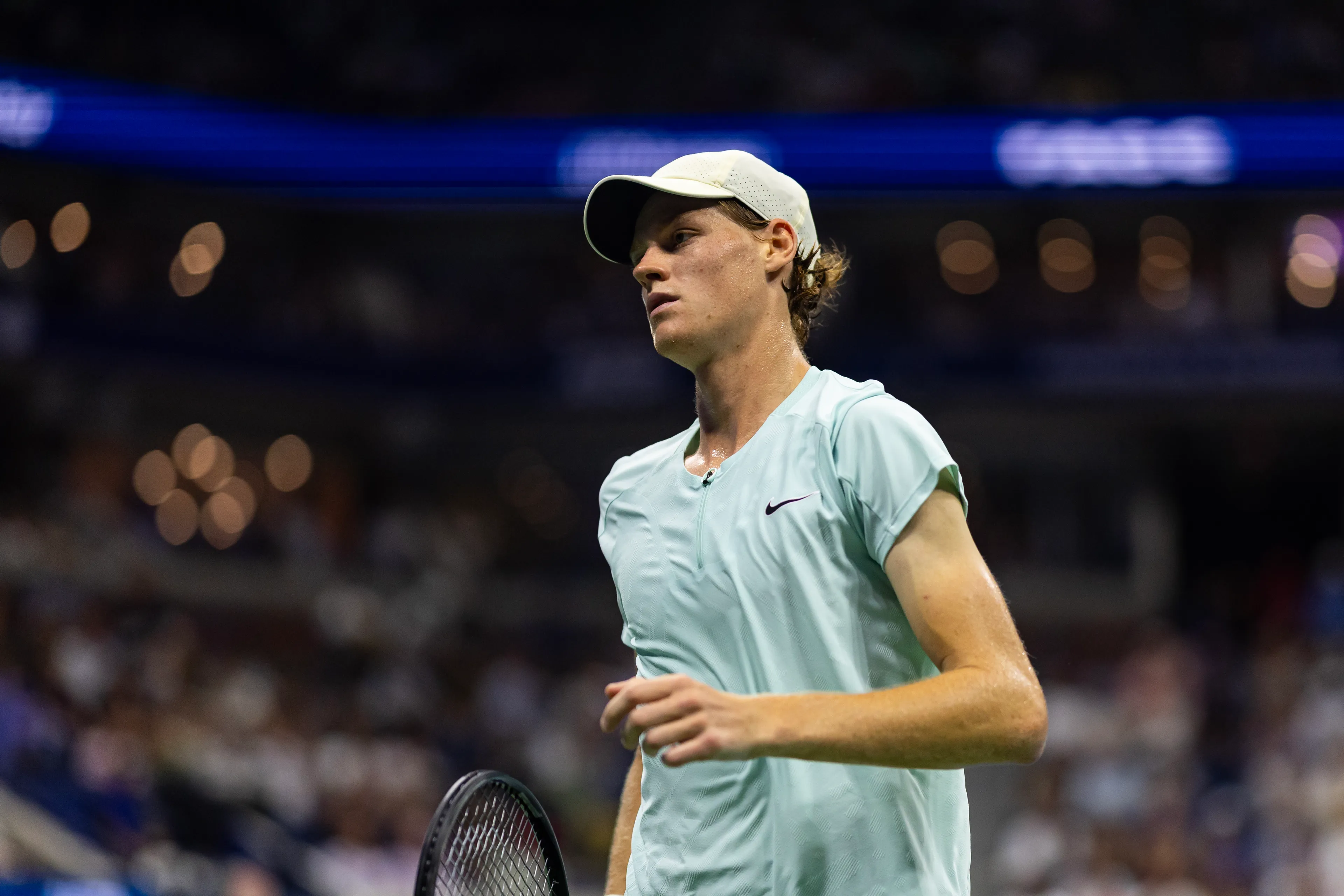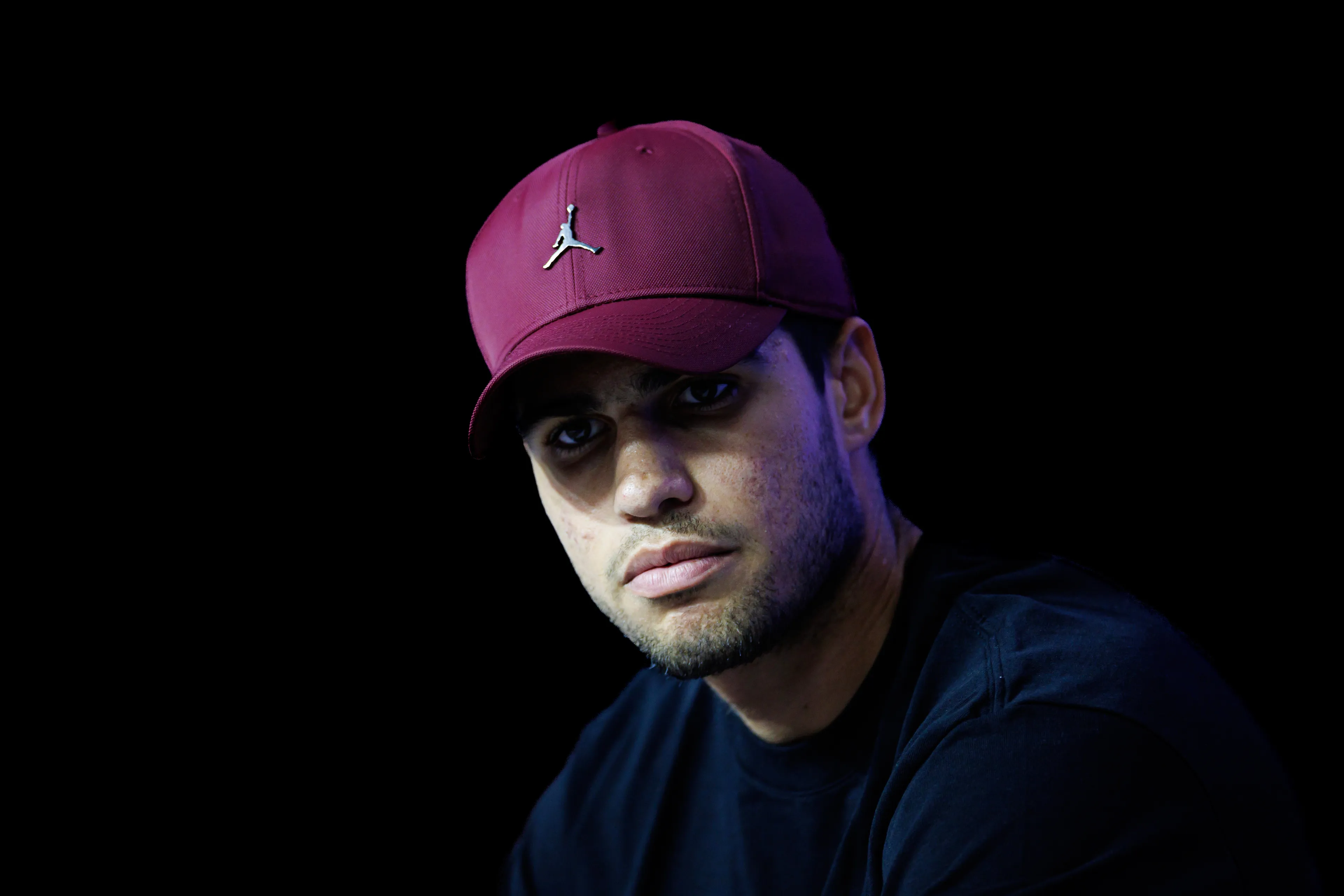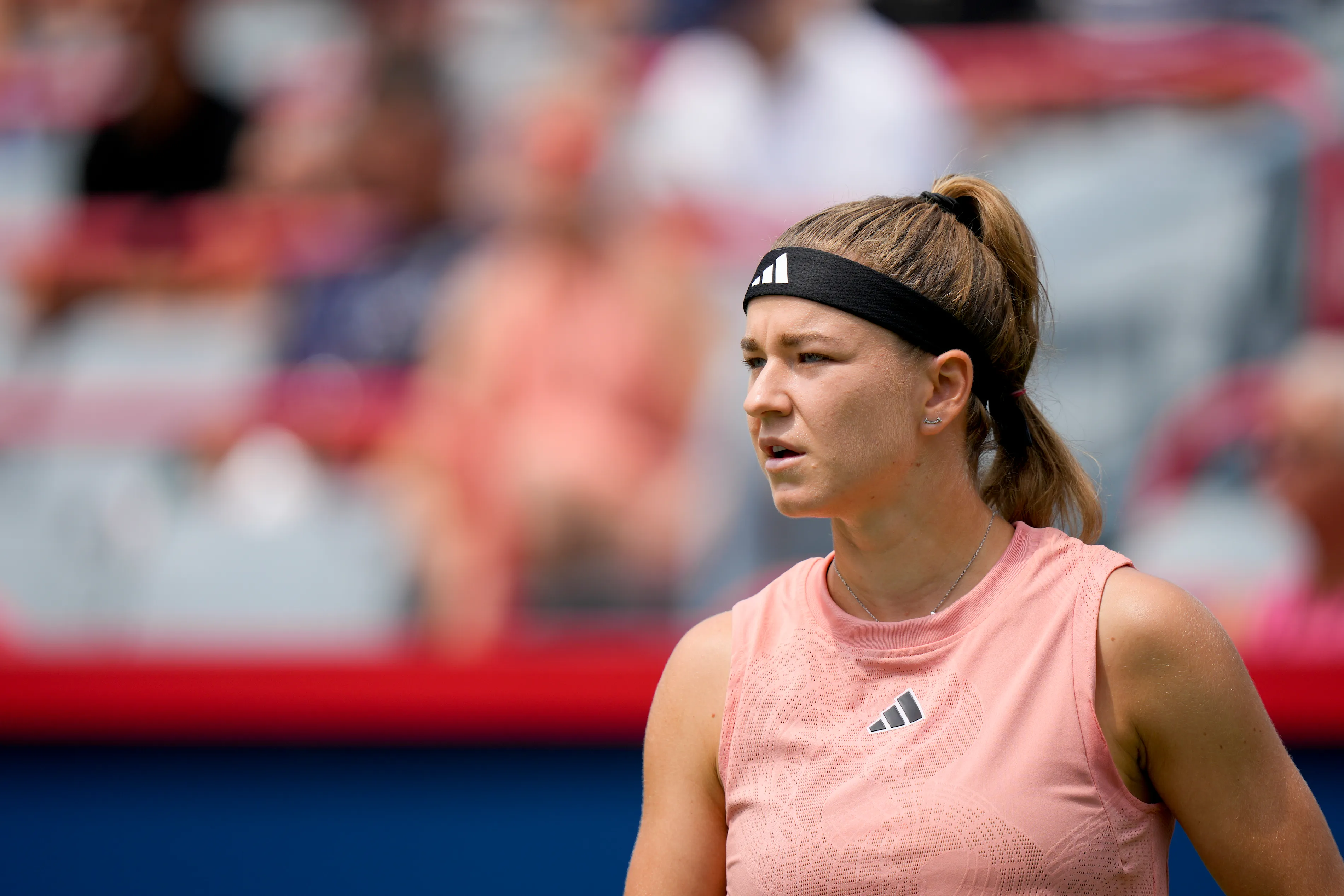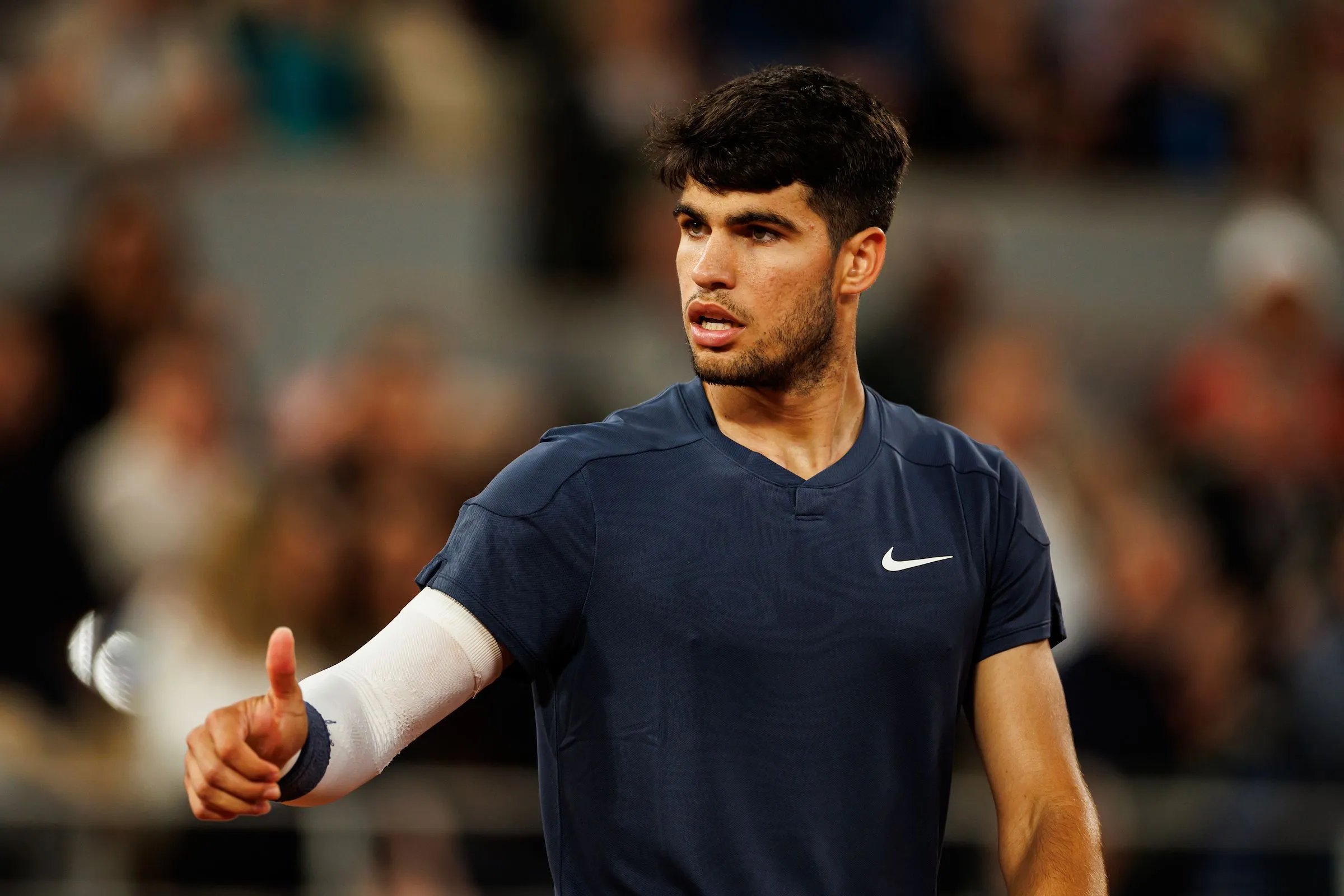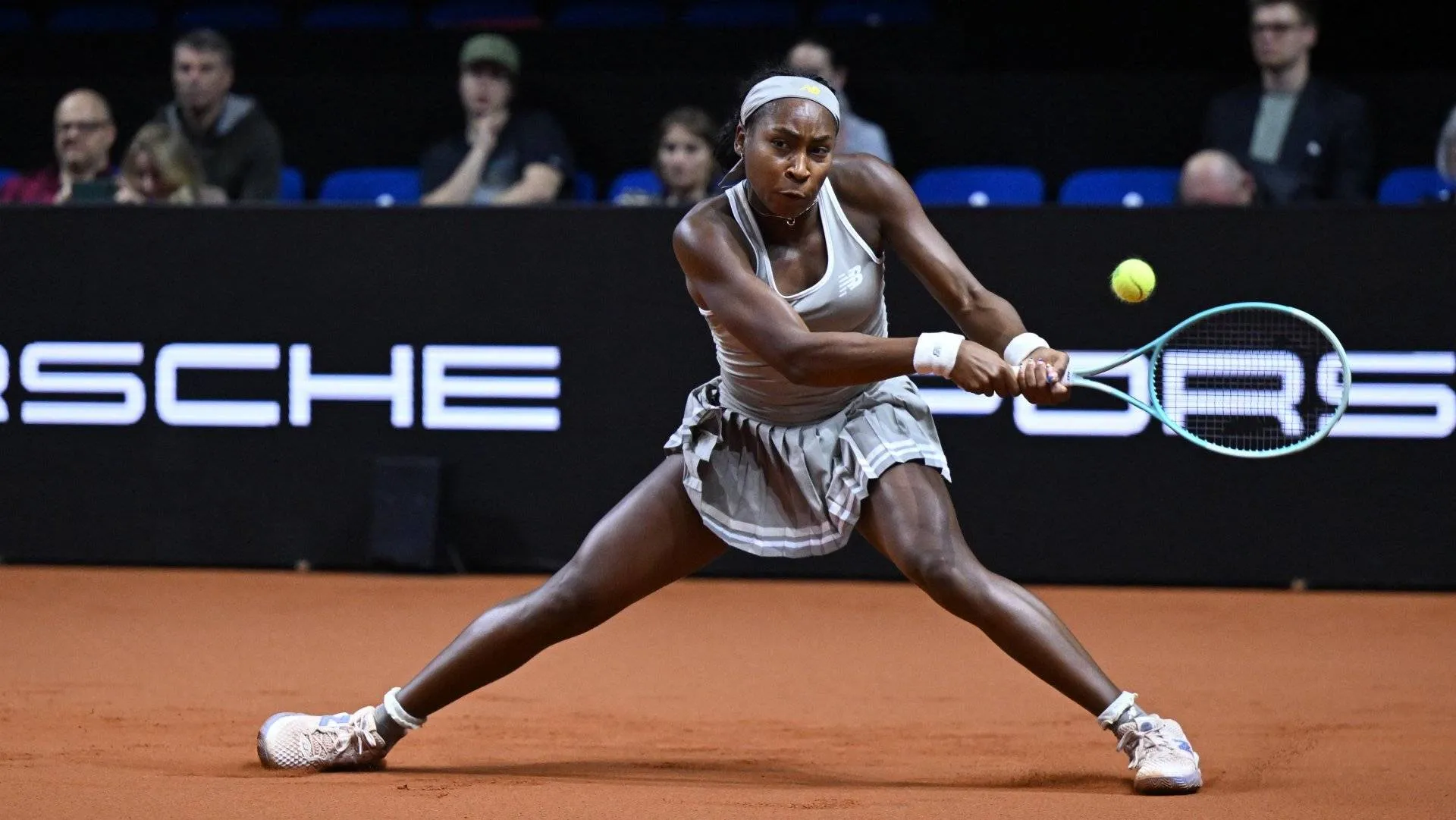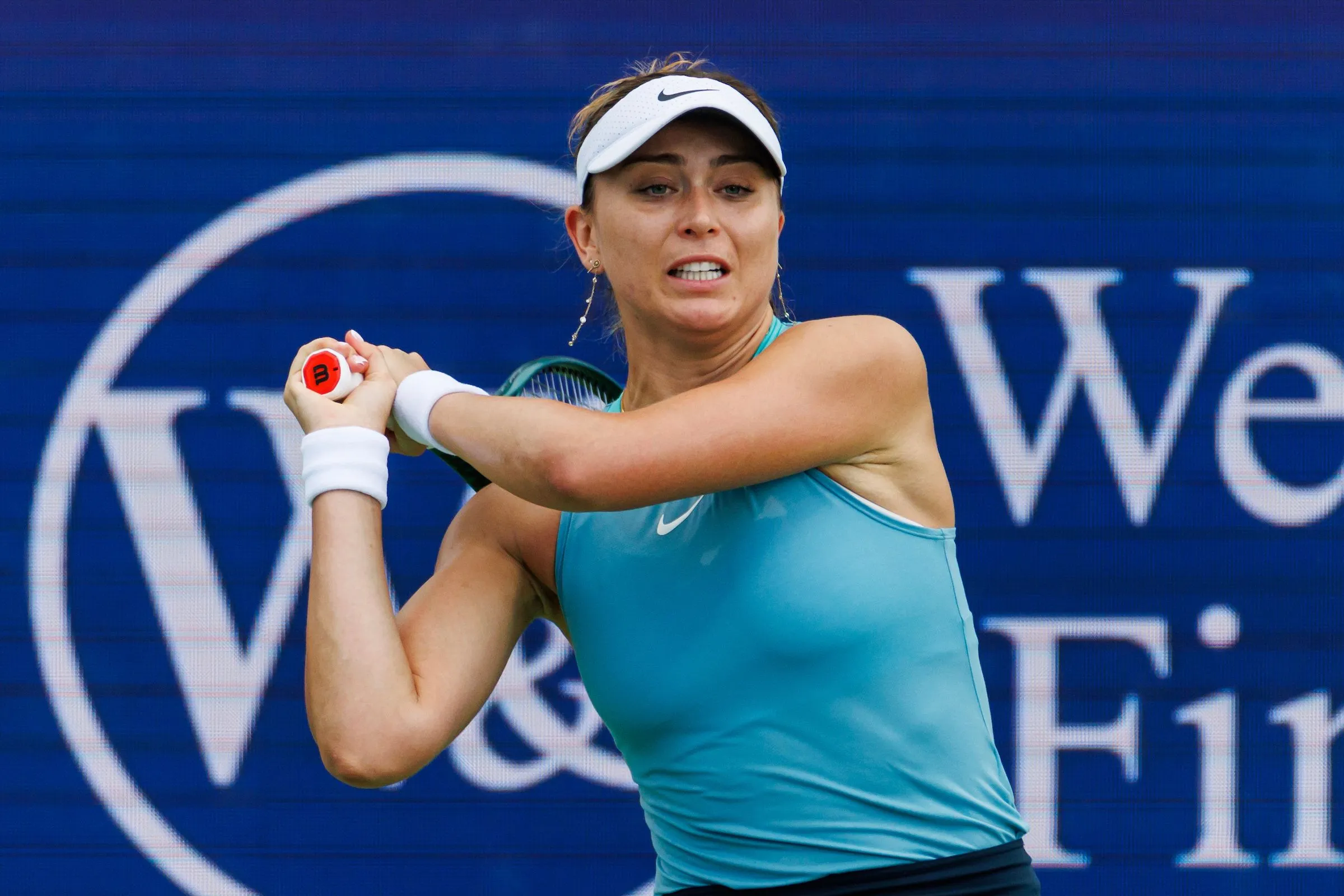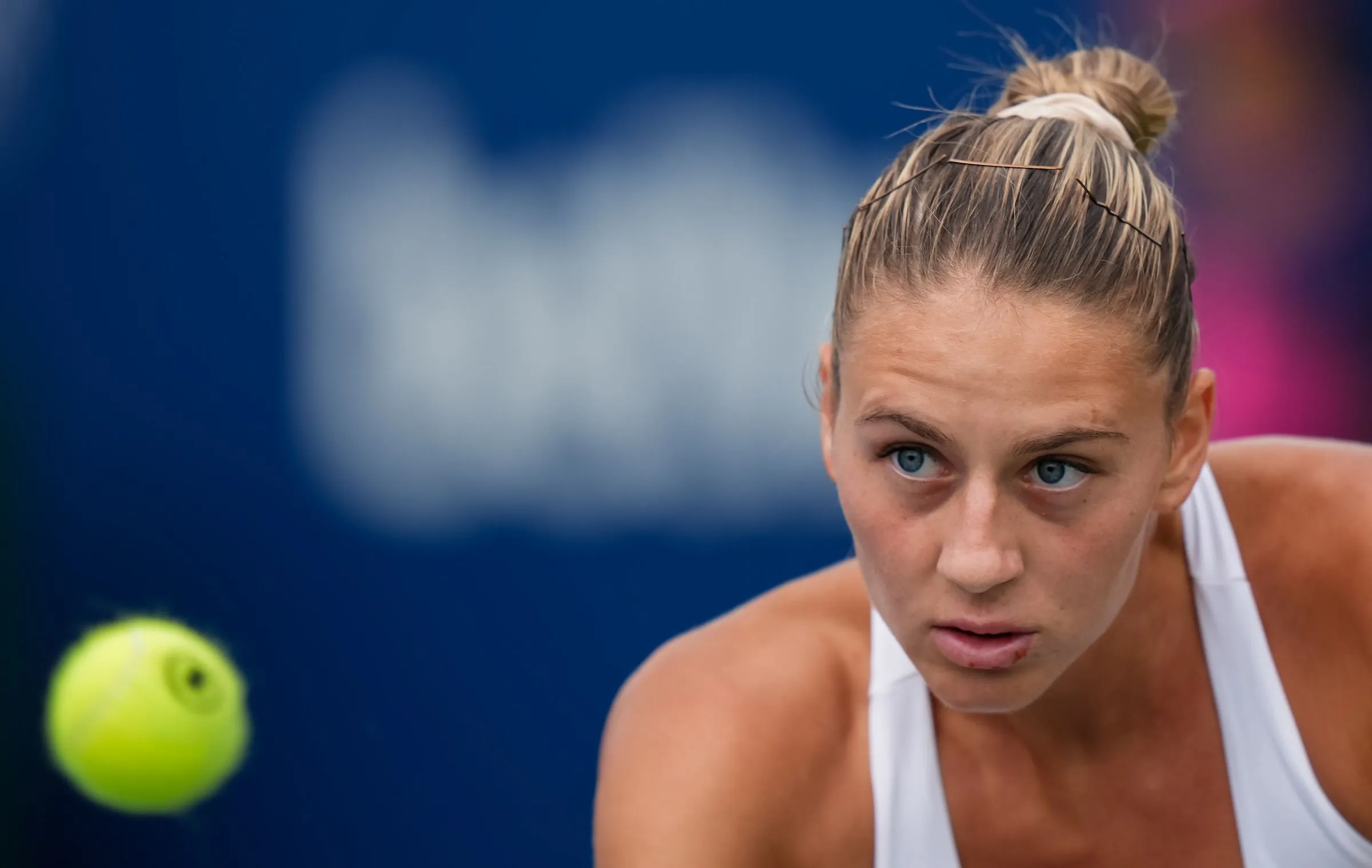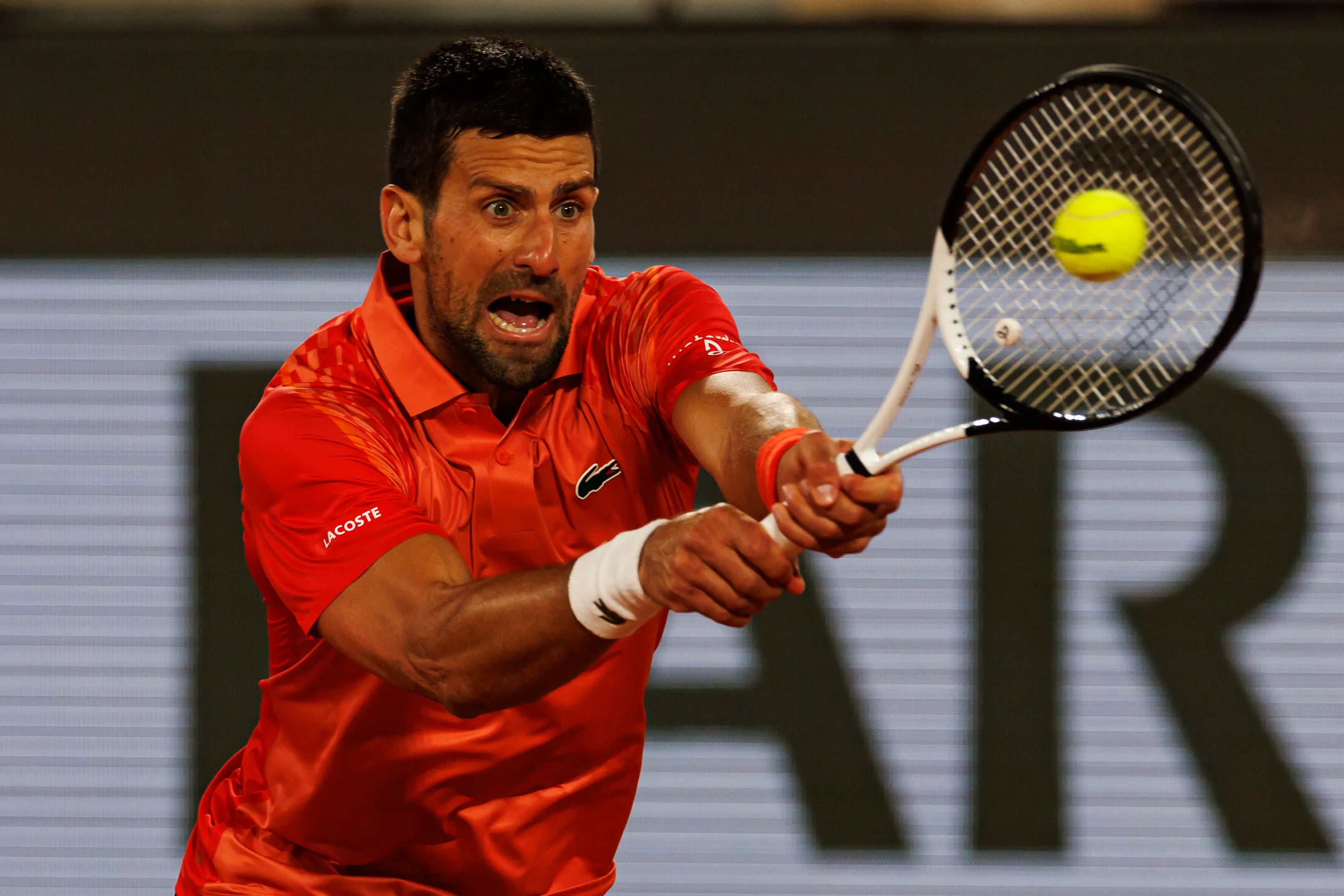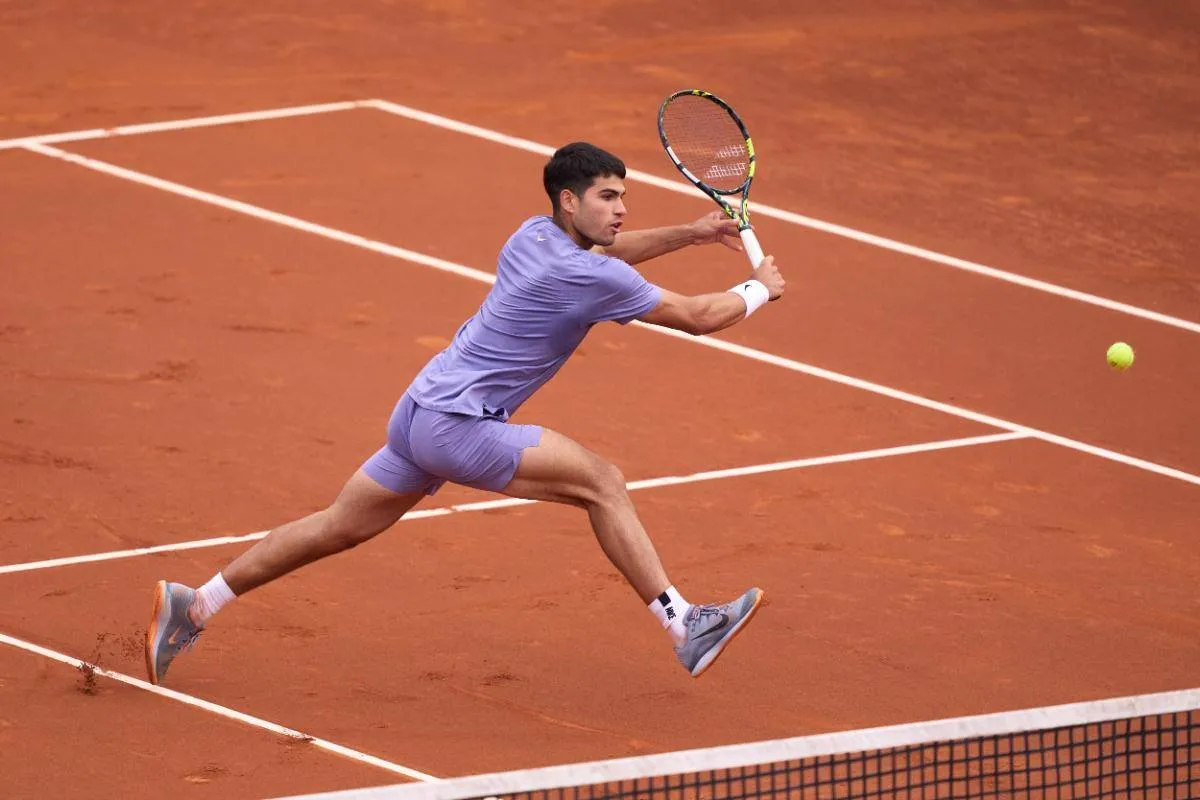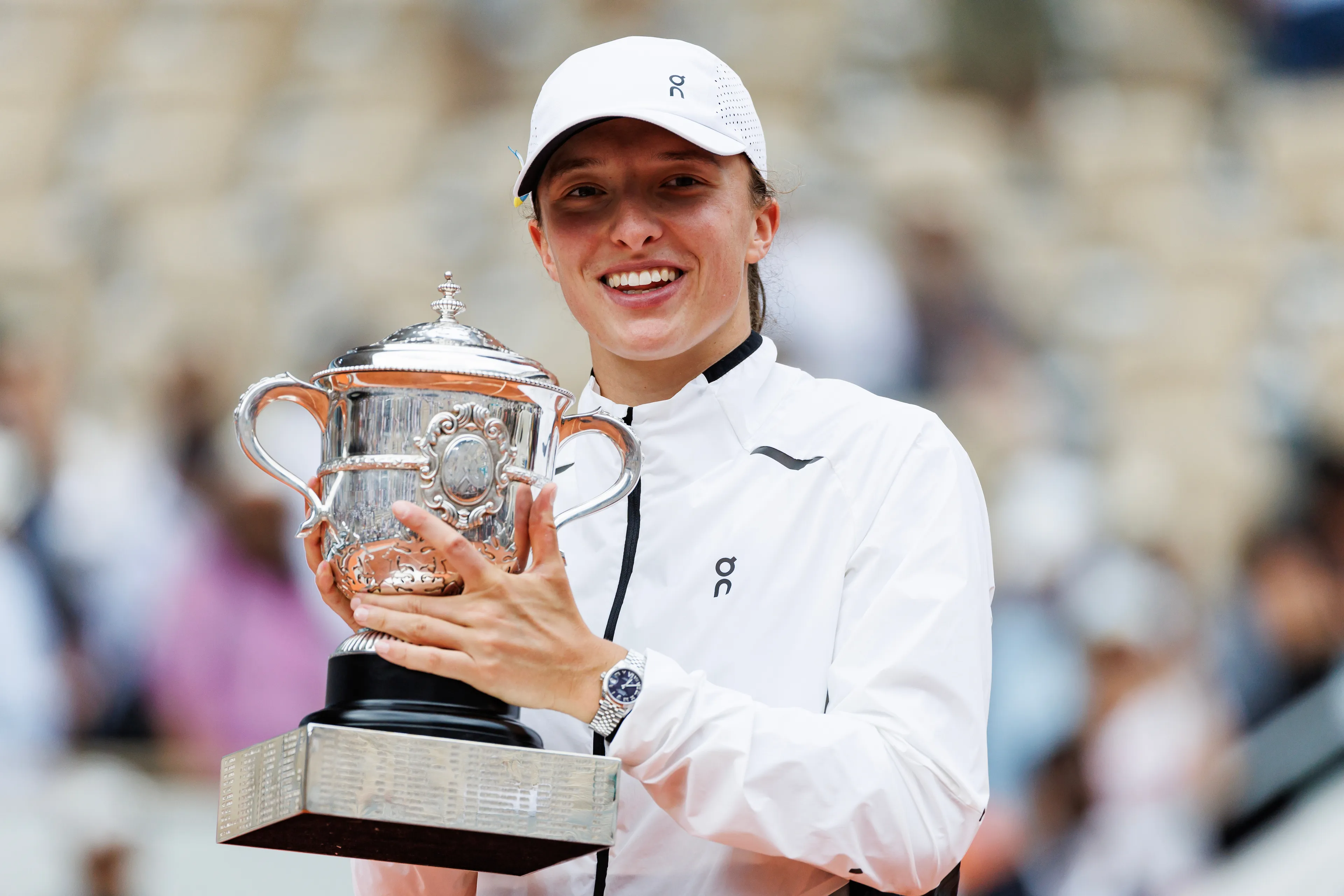Alcaraz's Davis Cup Withdrawal Raises Questions About Team Events Scheduling
ATPSunday, 10 September 2023 at 23:05

Carlos Alcaraz recently pulled out from the upcoming group stage ties for the 2023 Davis Cup Finals, prompting a serious question - Is the tennis calendar overburdened with team competitions?
Maybe before we delve deeper into why that happened, it is pertinent to note there are five active team competitions as of 2023. The freshly minted United Cup and the Hopman Cup, two mixed-gender tournaments have been played out this year.
The Davis Cup, Billie Jean King Cup, and Laver Cup have been sparsely populated on the tennis calendar and are due to take place intermittently during the second half of the season. The first phase of the Davis Cup and Billie Jean King Cup, which included qualifying matches were settled in the first half of the season.
Tennis' oldest team competition, the Davis Cup, underwent significant reforms back in 2019. Even though the ITF cut ties with their investors, the Kosmos Group, just five years into their partnership, the event will proceed as planned in 2023, and the ITF has committed to manage the competition on its own. It remains to be seen if that's the case from now on.
As part of its strategies from five years ago, the Davis Cup scrapped its traditional home and away-based ties in favor of city-based events to change it into a World Cup-style format. It has not generated the desired effect that it envisaged of drawing bigger audiences and more top players competing consistently and frequently.
Testament to this, Carlos Alcaraz and Jannik Sinner, two of tennis' biggest stars and who are expected to be at the forefront of all tennis projects for the next decade and more, have pulled out from the crucial Davis Cup group stage matches next week for their countries. The reason is simple, they need more recuperation time after a physically demanding US swing.
Read also
The individual tennis tournaments overwhelmingly occupy the 11 months of regular tennis on the calendar. Add to the fact that tennis' off-season is such a small window for players to actually spend time away from the sport vacationing, work on the nitty-gritty details with the coaches, and in no time the next flight to Australia is on the horizon.
Tennis is jam-packed with team events set in January, June, September, and November. At this point, it might be worth taking a closer look at this matter with utmost deliberation. With the schedule getting extremely busier, tennis players have to be thorough and decisive.
This probably explains why some tennis players prioritize rest instead of practice during the two-week-long events such as Grand Slams, as Alcaraz did most recently at the US Open.
The Laver Cup, once a beacon of success and the yardstick when it comes to organizing team events, could potentially face an uncertain future now that Roger Federer is not part of the playing caravan following his retirement. A case in point is how tennis fans reacted to the entry lists released this year where none of the world's top-three players will play the event, and tennis' famous Big Four.
The organizers of these events are already sprinting to maximize every possible dollar from sponsors, broadcast rights, and fans alike, but this approach is going to be futile when top players don't play in them and there is less buzz being generated from the matches
Maybe it is high time, tennis saved itself and preserved the prestige and mystique of these team events by scheduling them once every two or three years, as is the case with global sports tournaments like the FIFA World Cup.

